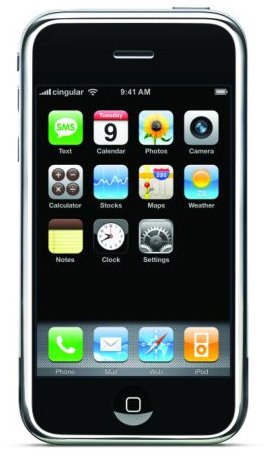The first line of defense against the virus is face masks. Obviously, wearing a mask is better than not wearing anything at all. However, you would be ill advised to swear by the commonly available surgical masks that’s being distributed for free in government testing centers and sold in pharmaceutical shops. WHY, you ask? Since you have seen doctors wearing them, the must be safe. So let me ask you, do you have any idea why doctors wear those surgical masks? Are they wearing it to protect themselves from getting infected from the patient’s germs? Of course not! They wear masks to protect the patient from getting infected by their (doctor’s) germs. They work by preventing spit, snort, drool and other mucusy fluids released by the nose and mouth from becoming airborne.
Surgical masks to put it simply are completely ineffective when it comes to protecting the wearing against other people’s airborne germs.
What about the much hyped N95 (respirator) masks?
As per the federal center of disease control (CDC) “Very little is known about the benefits of wearing face masks or respirators to help control the spread of pandemic flu," – and this includes the N-95. The N-95 gets its name for its ability to filter off 95% of all airborne particles. N95 respirators are effective because they are airtight and can filter off airborne particles as small as 45 nanometers. The swine flu virus being twice as large at 80 -120 nanometers, can’t infect a person wearing an N-95 mask. Unfortunately, even if the N-95 masks were made available to the general public (which doesn’t seem likely, given our current state of affairs) won’t offer much protection to us. That’s because it’s very difficult to get the right (airtight) fit.
While surgical masks come in a single size which, can be worn by almost anyone, a person wearing an N-95 mask has to careful choose an approximately right size for his face. As long as he doesn’t get an airtight fit, he can’t consider himself safe. Moreover, unlike ordinary surgical masks which are pretty comfortable and can be worn for long periods of time, N-95 masks are hot, heavy and very uncomfortable. Even in an air conditioned room, it’s difficult to have an N-95 mask plastered to your face for more than a few minutes. Soon your breath will start feel heavy and moist. And this is when you are just sitting around doing nothing – in an air conditioned room. If you were to step out in the sun and do any amount of physical activity wearing the N-95, you will be forced to peel it off for your own sanity.
For any real protection, people need to invest in air-tight gas masks, which allow you to breathe comfortably while offering real protection.
FEW FACTS:
FEW FACTS:
Not all high-quality masks are labeled N95. Health Canada said masks should offer protection equivalent to N95 to be considered effective. Such masks should:
- Filter particles one micron in size or smaller.
- Have a 95 per cent filter efficiency.
- Provide a tight facial seal (less than 10% leak).
he report prepared for the Public Health Agency of Canada further concluded that:
- N95 respirators protect against the inhalation of nasopharyngeal, tracheobronchial and alveolar sized particles.
- Surgical masks worn by an infected person may play a role in the prevention of influenza transmission by reducing the amount of infectious material that is expelled into the environment.
- Both surgical masks and N95 respirators offer a physical barrier to contact with contaminated hands and ballistic trajectory particles, such as particles expelled by a sneeze or a cough.
- The efficiency of the filters of surgical masks to block penetration of alveolar and tracheobronchial sized particles is highly variable. When combined with the inability to ensure a sealed fit, these factors suggest that surgical masks offer no significant protection against the inhalation of alveolar and tracheobronchial sized particles.
Health officials say masks can help, but unless the person wearing the mask can ensure a sealed fit, the mask will offer no significant protection. This can be more of a problem for children or men with beards.







0 comments:
Post a Comment